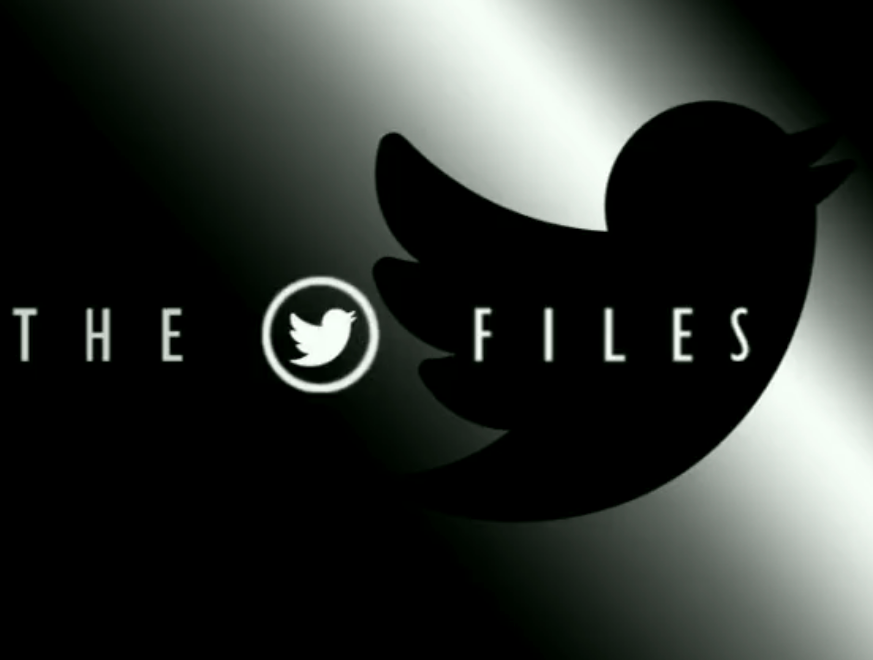
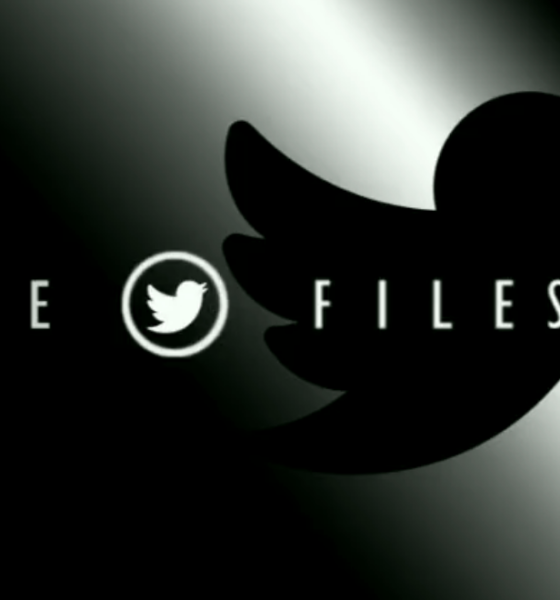
News
Elon Musk’s Twitter Files reveals former executives’ abuse of power, trust & safety
Elon Musk’s Twitter Files revealed quite a bit of detail about the former executives’ abuse of power while running the platform. In November, Elon Musk promised to release evidence of Twitter’s suppression of free speech and, on Friday, announced that he would unveil Twitter’s role in suppressing the Hunter Biden laptop news.
Elon Musk announced earlier on Friday that there would be a live Q&A, and we’ll update here when it goes live.
Here we go!! 🍿🍿 https://t.co/eILK9f3bAm
— Elon Musk (@elonmusk) December 2, 2022
In his thread, Taibbi said that the Twitter Files “tell an incredible story from inside one of the world’s largest and most influential social media platforms.” He began by highlighting Twitter’s early days as a potential tool for enabling mass communication, “making a true real-time global conversation possible for the first time.”
He then shared that some of Twitter’s first tools for controlling speech were designed to combat spammers and financial fraudsters, but slowly over time, Twitter’s staff and executives began to find more users for the tools. “Outsiders began petitioning the company to manipulate speech as well,” Taibbi tweeted, adding that it was just a little at first, then more often, and then constantly.
9. Celebrities and unknowns alike could be removed or reviewed at the behest of a political party: pic.twitter.com/4uzkHnQ65E
— Matt Taibbi (@mtaibbi) December 2, 2022
In the tweets above, Taibbi shared screenshots documenting that requests from “connected actors to delete tweets were routine.” Executives would write one another statements such as “Move to review from the Biden team.” and another one would reply, “handled.”
In addition to that, both celebrities and “unknowns” could be removed or reviewed “at the behest of a political party.”
Taibbi noted that both parties, such as the Trump White House and the Biden campaign, had requests received and honored, but the system wasn’t balanced. Instead, he said, it was based on contacts.
“Because Twitter was and is overwhelmingly staffed by people of one political orientation, there were more channels, more ways to complain, open to the left (well, Democrats) than the right.”
Taibbi shared a link with that statement from Open Secrets, which showed Twitter’s contributions to politicians. Following that, Taibbi shared more documents noting that the slant in content moderation decisions is visible and is the assessment of multiple current and high-level executives.
The Twitter Files, Part One: How and Why Twitter Blocked the Hunter Biden Laptop Story
In Part Of the Twitter Files, Taibbi started with the October 14, 2020, New York Post article titled BIDEN SECRET E-MAILS. “Twitter took extraordinary steps to suppress the story, removing links and posting warnings that it may be ‘unsafe.’ They even blocked its transmission via direct message, a tool hitherto reserved for extreme cases, e.g. child pornography,” Taibbi wrote.
Taibbi shared that Twitter locked White House spokeswoman Kaleigh McEnany out of her account for tweeting about the story, which prompted a letter from the Trump campaign staffer, Mike Hahn, who said, “At least pretend to care for the next 20 days.”
In response to that, Caroline Strom, Twitter’s public policy executive, sent out a “polite WTF query.” Taibbi noted that several employees picked up on the tension between the comms and policy teams and the safety and trust teams. The former had either little or less control over moderation.
“Strom’s note returned the answer that the laptop story had been removed for violation of the company’s “hacked materials” policy,” Taibbi wrote, sharing a screenshot of an email from Elaine Ong Sotto, Ops Analyst, Global Escalations Team. He also shared an archived webpage of Twitter’s Distribution of Hacked Material policy.
Continuing his thread, Taibbi pointed out that several sources heard about a general warning from federal law enforcement that summer about possible foreign hacks. He added that he hasn’t seen any evidence of any government involved in the laptop story. “In fact, that might have been the problem…”
He added that the decision was made at the highest levels of Twitter without the knowledge of Jack Dorsey, the platform’s then-CEO. Vijaya Gadde, Twitter’s former head of legal policy and trust, played a key role, Taibbi wrote.
24. “They just freelanced it,” is how one former employee characterized the decision. “Hacking was the excuse, but within a few hours, pretty much everyone realized that wasn’t going to hold. But no one had the guts to reverse it.”
— Matt Taibbi (@mtaibbi) December 3, 2022
In the next tweet, Taibbi shared an exchange between Gadde and Yoel Roth, Twitter’s former trust and safety head. Trenton Kennedy, the comms official, wrote, “I’m struggling to understand the policy basis for marking this as unsafe.”

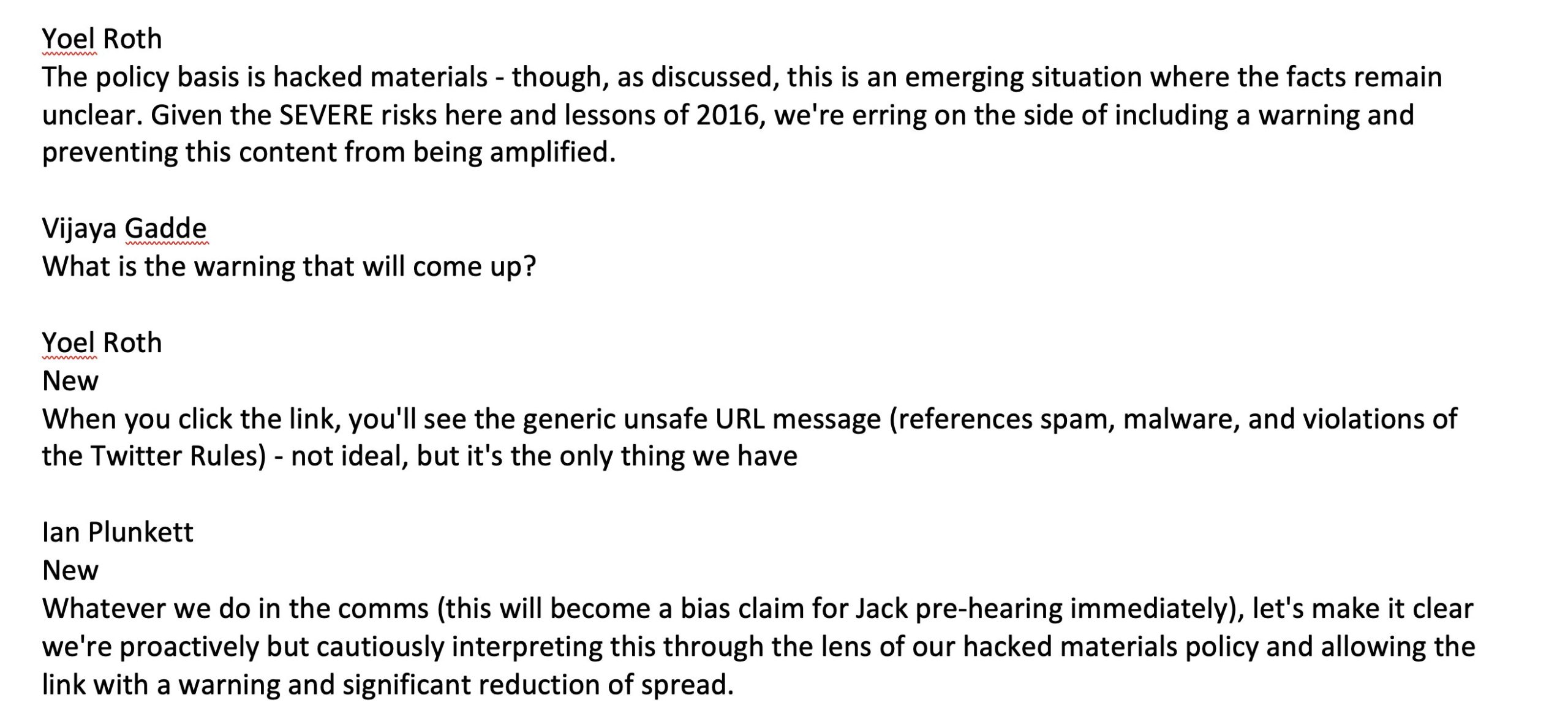
Continuing on, Taibbi noted that Twitter’s former VP of Global Comms, Brandon Borrman asked if the team could truthfully claim that this was a part of Twitter’s policy. In response, the platform’s former Deputy General Counsel, Jim Baker, “seems to advise staying the non-course because ‘caution is warranted.’

Taibbi noted that a fundamental problem with tech companies and content moderation is that there are many people in charge of speech, yet they know or care little about it. He then shared an exchange between Democratic congressman Ro Khanna and Gadde.


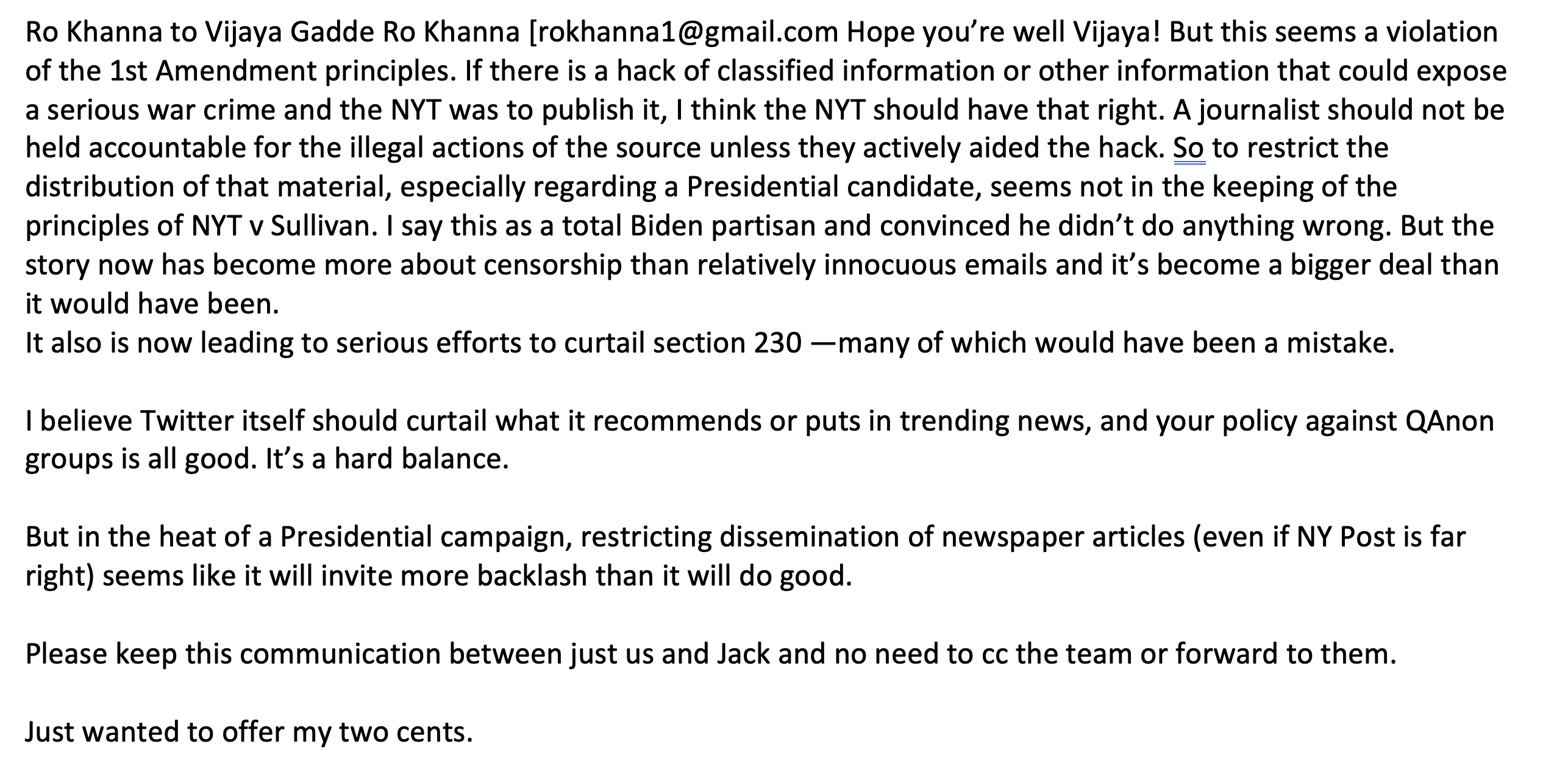
Following the above communications, Taibbi noted that the head of public policy, Lauren Culbertson received a “ghastly letter/report from Carl Szabo of the research firm, NetChoice.” The firm polled twelve members of congress:9 Republicans and 3 Democrats from “the House Judiciary Committee to Rep. Judy Chu’s office.”
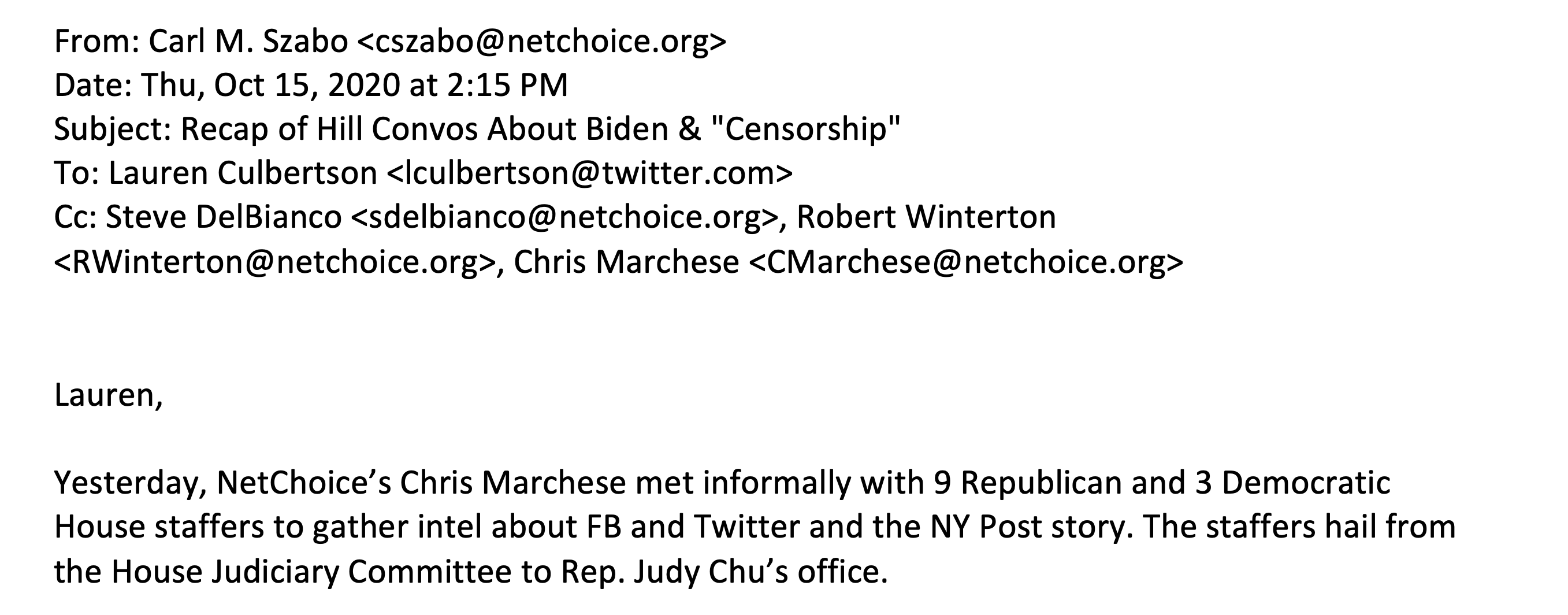
Continuing his thread, Taibbi pointed out that NetChoice informed Twitter that a “blood bath” awaited in upcoming Hill hearings. The screenshot he shared read: “High level take away–Every Republican said ‘this is a tipping point. It’s just too much.’ And both Democrats and Republicans were angry.”
The next screenshot Szabo that Taibbi shared read: “When asked just how bad this situation is, one staffer said: ‘it’s tech’s Access Hollywood moment and it has no Hillary to hide behind.’ Others were more blunt: ‘tech is screwed and rightfully so.’”
In the following screenshot, Taibbi described Szabo’s letter as containing “chilling passages relaying Democratic lawmakers’ attitudes. They want ‘more’ moderation, and as for the Bill of Rights, it’s ‘not absolute.’”
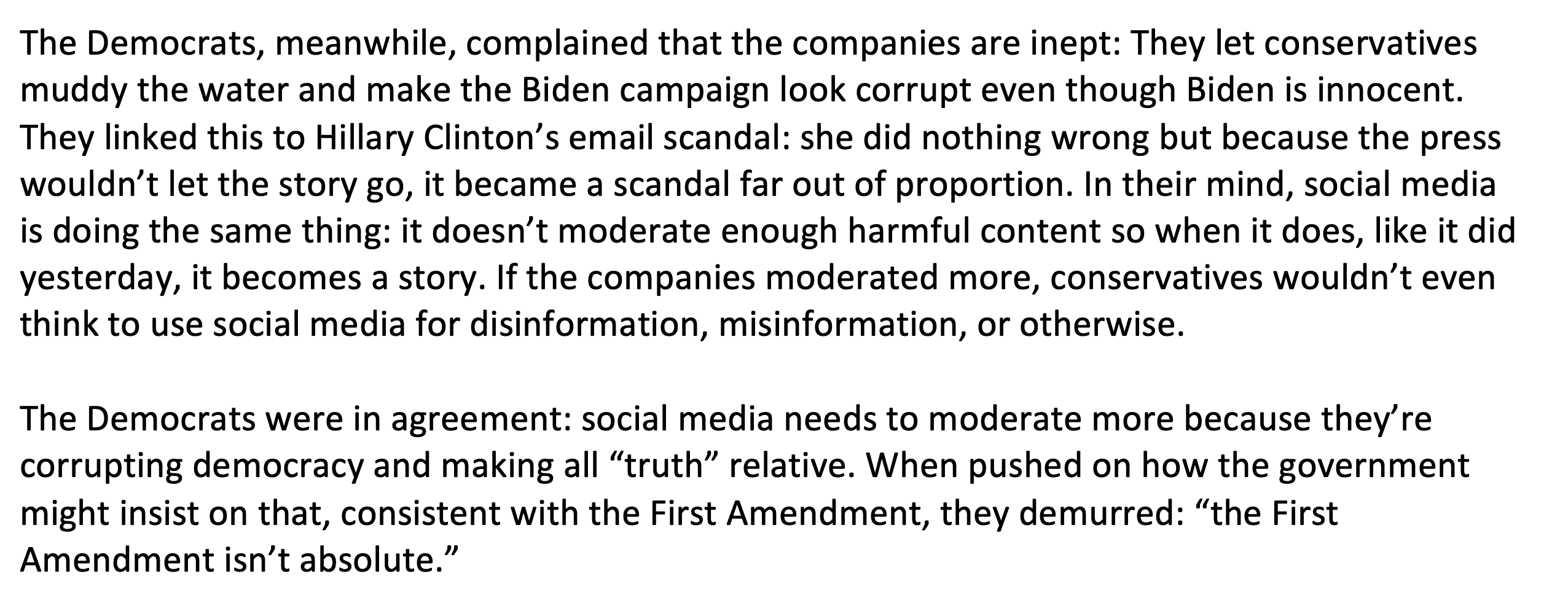
Taibbi commented that an amazing subplot of the Twitter/Hunter Biden laptop affair “was how much was done without the knowledge of CEO Jack Dorsey, and how long it took for the situation to get ‘unfucked’ (as one ex-employee put it) even after Dorsey jumped in.”
As he looked through Gadde’s emails, Taibbi noted a familiar name–his own. Jack Dorsey emailed her a copy of his Substack article blasting the incident, he noted. He added that there were multiple instances in the files where Dorsey intervened to question suspensions and other moderation actions for accounts across the political spectrum.
Your feedback is welcome. If you have any comments or concerns or see a typo, you can email me at johnna@teslarati.com. You can also reach me on Twitter at @JohnnaCrider1.
Teslarati is now on TikTok. Follow us for interactive news & more. Teslarati is now on TikTok. Follow us for interactive news & more. You can also follow Teslarati on LinkedIn, Twitter, Instagram, and Facebook.

Elon Musk
We tested Tesla Full Self-Driving’s ability to let you text and drive
We decided to test it, and our main objective was to try to determine a more definitive label for when it would allow you to grab your phone and look at it without any nudge from the in-car driver monitoring system.
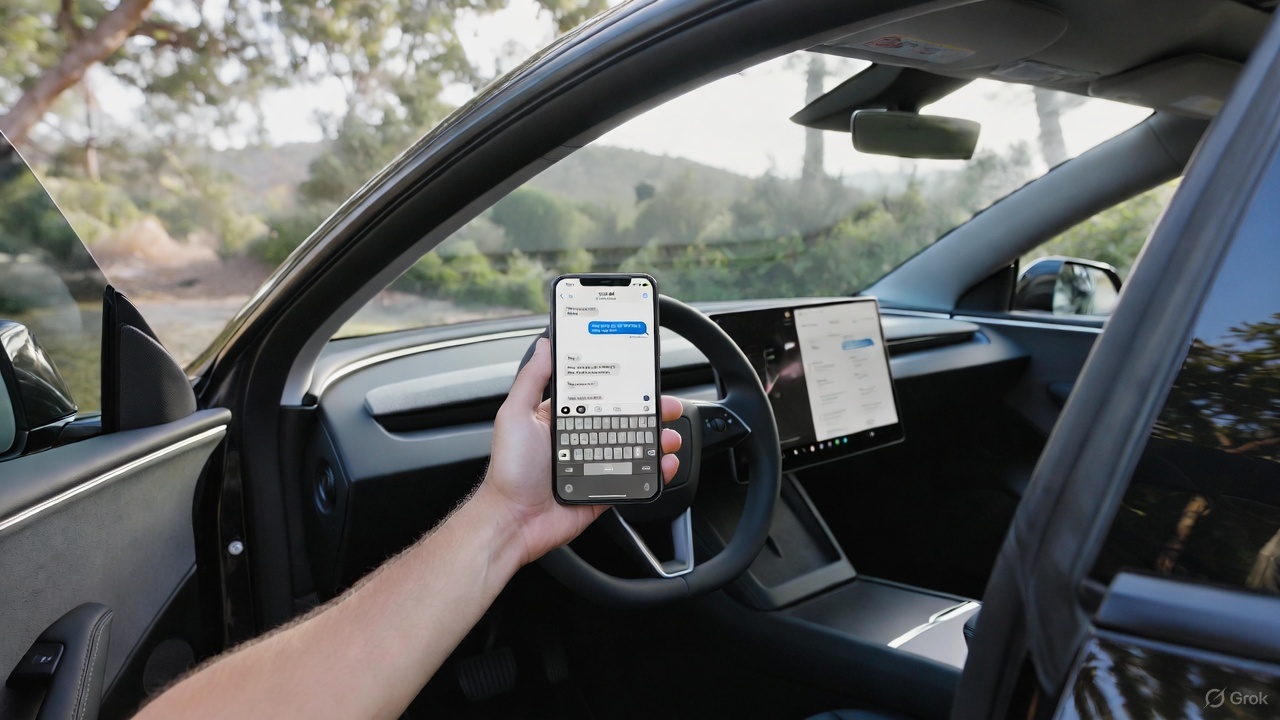
On Thursday, Tesla CEO Elon Musk said that Full Self-Driving v14.2.1 would enable texting and driving “depending on [the] context of surrounding traffic.”
Tesla CEO Elon Musk announces major update with texting and driving on FSD
We decided to test it, and our main objective was to try to determine a more definitive label for when it would allow you to grab your phone and look at it without any nudge from the in-car driver monitoring system.
I’d also like to add that, while Tesla had said back in early November that it hoped to allow this capability within one to two months, I still would not recommend you do it. Even if Tesla or Musk says it will allow you to do so, you should take into account the fact that many laws do not allow you to look at your phone. Be sure to refer to your local regulations surrounding texting and driving, and stay attentive to the road and its surroundings.
The Process
Based on Musk’s post on X, which said the ability to text and drive would be totally dependent on the “context of surrounding traffic,” I decided to try and find three levels of congestion: low, medium, and high.
I also tried as best as I could to always glance up at the road, a natural reaction, but I spent most of my time, during the spans of when it was in my hand, looking at my phone screen. I limited my time looking at the phone screen to a few seconds, five to seven at most. On local roads, I didn’t go over five seconds; once I got to the highway, I ensured the vehicle had no other cars directly in front of me.
Also, at any time I saw a pedestrian, I put my phone down and was fully attentive to the road. I also made sure there were no law enforcement officers around; I am still very aware of the law, which is why I would never do this myself if I were not testing it.
I also limited the testing to no more than one minute per attempt.
I am fully aware that this test might ruffle some feathers. I’m not one to text and drive, and I tried to keep this test as abbreviated as possible while still getting some insight on how often it would require me to look at the road once again.
The Results
Low Congestion Area
I picked a local road close to where I live at a time when I knew there would be very little traffic. I grabbed my phone and looked at it for no more than five seconds before I would glance up at the road to ensure everything was okay:
In full: the Low Congestion Area pic.twitter.com/6DqlBnekPn
— TESLARATI (@Teslarati) December 4, 2025
Looking up at the road was still regular in frequency; I would glance up at the road after hitting that five-second threshold. Then I would look back down.
I had no nudges during this portion of the test. Traffic was far from even a light volume, and other vehicles around were very infrequently seen.
Medium Congestion Area
This area had significantly more traffic and included a stop at a traffic light. I still kept the consecutive time of looking at my phone to about five seconds.
I would quickly glance at the road to ensure everything was okay, then look back down at my phone, spending enough time looking at a post on Instagram, X, or Facebook to determine what it was about, before then peeking at the road again.
There was once again no alert to look at the road, and I started to question whether I was even looking at my phone long enough to get an alert:
In full: the Medium Congestion Area pic.twitter.com/gnhIfBVe6Q
— TESLARATI (@Teslarati) December 4, 2025
Based on past versions of Full Self-Driving, especially dating back to v13, even looking out the window for too long would get me a nudge, and it was about the same amount of time, sometimes more, sometimes less, I would look out of a window to look at a house or a view.
High Congestion Area
I decided to use the highway as a High Congestion Area, and it finally gave me an alert to look at the road.
As strange as it is, I felt more comfortable looking down at my phone for a longer amount of time on the highway, especially considering there is a lower chance of a sudden stop or a dangerous maneuver by another car, especially as I was traveling just 5 MPH over in the left lane.
This is where I finally got an alert from the driver monitoring system, and I immediately put my phone down and returned to looking at the road:
In full: the High Congestion Area pic.twitter.com/K9rIn4ROvm
— TESLARATI (@Teslarati) December 4, 2025
Once I was able to trigger an alert, I considered the testing over with. I think in the future I’d like to try this again with someone else in the car to keep their eyes on the road, but I’m more than aware that we can’t always have company while driving.
My True Thoughts
Although this is apparently enabled based on what was said, I still do not feel totally comfortable with it. I would not ever consider shooting a text or responding to messages because Full Self-Driving is enabled, and there are two reasons for that.
The first is the fact that if an accident were to happen, it would be my fault. Although it would be my fault, people would take it as Tesla’s fault, just based on what media headlines usually are with accidents involving these cars.
Secondly, I am still well aware that it’s against the law to use your phone while driving. In Pennsylvania, we have the Paul Miller Law, which prohibits people from even holding their phones, even at stop lights.
I’d feel much more comfortable using my phone if liability were taken off of me in case of an accident. I trust FSD, but I am still erring on the side of caution, especially considering Tesla’s website still indicates vehicle operators have to remain attentive while using either FSD or Autopilot.
Check out our full test below:
Elon Musk
Tesla CEO Elon Musk announces major update with texting and driving on FSD
“Depending on context of surrounding traffic, yes,” Musk said in regards to FSD v14.2.1 allowing texting and driving.
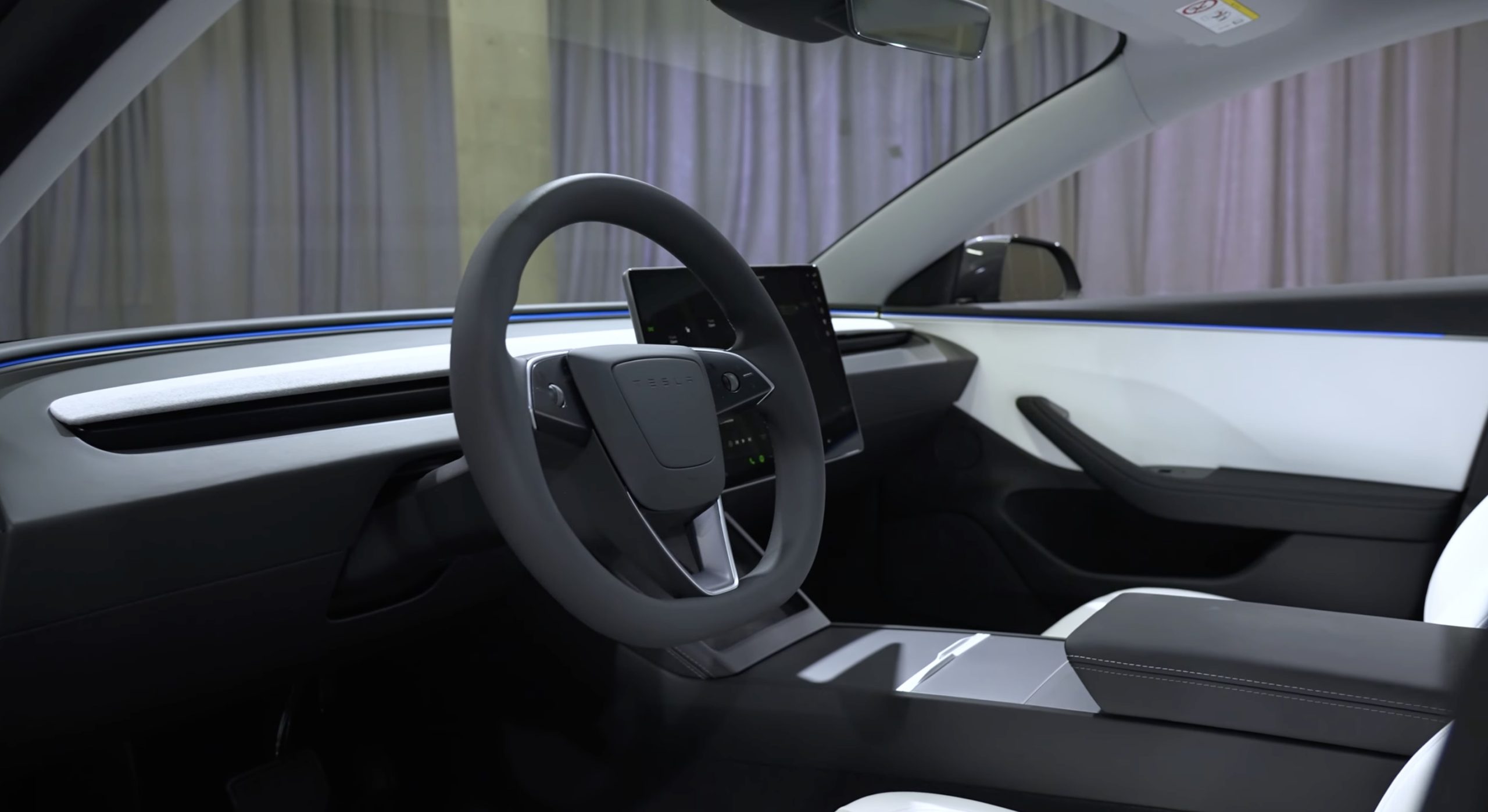
Tesla CEO Elon Musk has announced a major update with texting and driving capabilities on Full Self-Driving v14.2.1, the company’s latest version of the FSD suite.
Tesla Full Self-Driving, even in its most mature and capable versions, is still a Level 2 autonomous driving suite, meaning it requires attention from the vehicle operator.
You cannot sleep, and you should not take attention away from driving; ultimately, you are still solely responsible for what happens with the car.
The vehicles utilize a cabin-facing camera to enable attention monitoring, and if you take your eyes off the road for too long, you will be admonished and advised to pay attention. After five strikes, FSD and Autopilot will be disabled.
However, Musk announced at the Annual Shareholder Meeting in early November that the company would look at the statistics, but it aimed to allow people to text and drive “within the next month or two.”
He said:
“I am confident that, within the next month or two, we’re gonna look at the safety statistics, but we will allow you to text and drive.”
“I am confident that, within the next month or two, we’re gonna look at the safety statistics, but we will allow you to text and drive.”
Does anyone think v14.3 will enable this? pic.twitter.com/N2yn0SK70M
— TESLARATI (@Teslarati) November 23, 2025
Today, Musk confirmed that the current version of Full Self-Driving, which is FSD v14.2.1, does allow for texting and driving “depending on context of surrounding traffic.”
Depending on context of surrounding traffic, yes
— Elon Musk (@elonmusk) December 4, 2025
There are some legitimate questions with this capability, especially as laws in all 50 U.S. states specifically prohibit texting and driving. It will be interesting to see the legality of it, because if a police officer sees you texting, they won’t know that you’re on Full Self-Driving, and you’ll likely be pulled over.
Some states prohibit drivers from even holding a phone when the car is in motion.
It is certainly a move toward unsupervised Full Self-Driving operation, but it is worth noting that Musk’s words state it will only allow the vehicle operator to do it depending on the context of surrounding traffic.
He did not outline any specific conditions that FSD would allow a driver to text and drive.
News
Tesla Semi just got a huge vote of confidence from 300-truck fleet
The confidential meeting marks a major step for the mid-sized carrier in evaluating the electric truck for its regional routes.

The Tesla Semi is moving closer to broader fleet adoption, with Keller Logistics Group wrapping up a key pre-production planning session with the electric vehicle maker’s team this week.
The confidential meeting marks a major step for the mid-sized carrier in evaluating the electric truck for its regional routes.
Keller’s pre-production Tesla Semi sessions
Keller Logistics Group, a family-owned carrier with over 300 tractors and 1,000 trailers operating in the Midwest and Southeast, completed the session to assess the Tesla Semi’s fit for its operations. The company’s routes typically span 500-600 miles per day, positioning it as an ideal tester for the Semi’s day cab configuration in standard logistics scenarios.
Details remain under mutual NDA, but the meeting reportedly focused on matching the truck to yard, shuttle and regional applications while scrutinizing economics like infrastructure, maintenance and incentives.
What Keller’s executives are saying
CEO Bryan Keller described the approach as methodical. “For us, staying ahead isn’t a headline, it’s a habit. From electrification and yard automation to digital visibility and warehouse technology, our teams are continually pressure-testing what’s next. The Tesla Semi discussion is one more way we evaluate new tools against our standards for safety, uptime, and customer ROI. We don’t chase trends, we pressure-test what works,” Keller said.
Benjamin Pierce, Chief Strategy Officer, echoed these sentiments. “Electrification and next-generation powertrains are part of a much broader transformation. Whether it’s proprietary yard systems like YardLink™, solar and renewable logistics solutions, or real-time vehicle intelligence, Keller’s approach stays the same, test it, prove it, and deploy it only when it strengthens service and total cost for our customers,” Pierce said.








